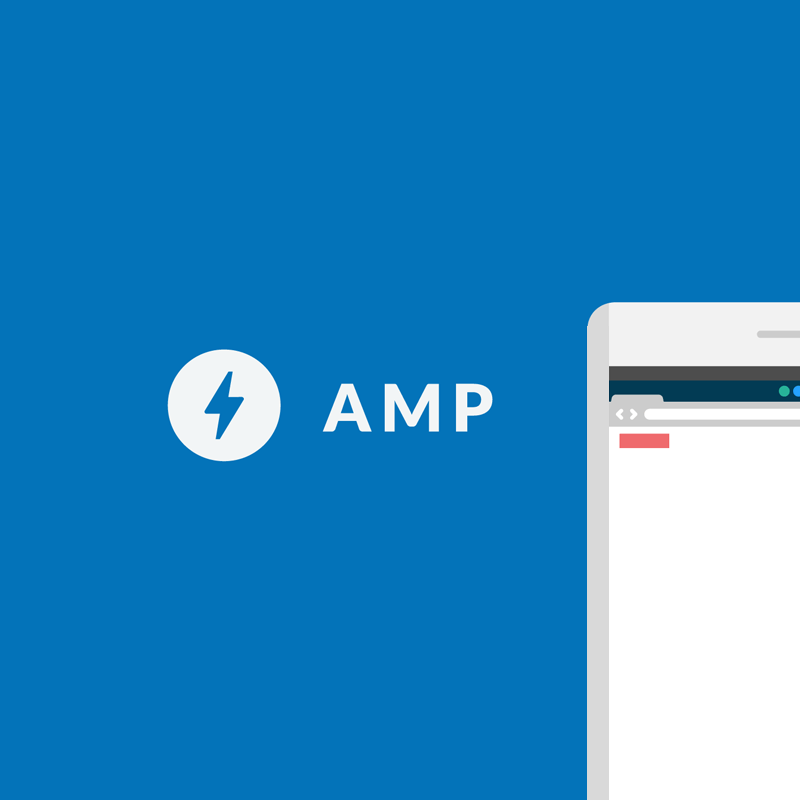
Google keeps on trying to improve the web, but it can't improve it unless the company doesn't address how ads behave on web pages.
Ads are linked to other websites, and added elements inside a web page can certainly put a little bit more weight to its overall size.
Earlier in 2017, Google hosted a session on ads using AMP, talking about how Google needed to support the basic functionalities of ads on AMP pages to provide better advertising experience on AMP pages.
The first phase for AMP was when Google introduced the project. Phase 2 highlights 'Fast Fetch' which separate ad request from when the ad response is rendered.
This allows Google to make ad request early in the lifecycle of the page for all ad slots, rendering the ads before users are about to see them.
This allows AMP pages to render creative selection in the ad server to happen in parallel for faster rendering. In turn, this would also make regular AMP pages using ads to also load faster.

This is in contrast to what Google called ‘Delayed Fetch,’ This legacy mechanism of requesting ads combine ad request and rendering into one action. This results users in seeing a loading indicator when waiting for the ad to load.
Because the runtime on Delayed Fetch doesn't request the next ad slot on the page for at least another second to avoid conflicts with regular page content being able to load, Delayed Fetch is considerably slower.
Major ad networks like DoubleClick, AdSense, AdZerk and TripleLift are already serving AMP Ads, taking advantage of the infrastructure built in phase 2.
For publishers and advertisers, according to Google, switching to AMP Ads will benefit from faster ads with high viewability. With DoubleClick and AdSense, eligible ads are automatically converted to AMP when the ad request is from an AMP page.
Both DoubleClick and Adsense ad tags are using Fast Fetch and they're seeing a decrease in latency.
For AMP Ad signing, publishers and advertisers can either use CloudFlare's Firebolt service or, reach Google on GitHub.
Related: Google Partners With CloudFlare And TripleLift To Bring AMP For Ads

In phase 3, AMP incluces:
- Empowering ad networks to auto-convert and deliver AMP Ads.
- Having ad servers to support uploading and delivering custom made AMP Ads.
- Building functionality to help creative developers build AMP Ads.
- Partnering with more ad creation tools to output AMP Ads.
According to AMP, the faster an ad appears on screen, the higher the viewability of the ad. This is beneficial for brand advertisers because this exposes the brand to a wider audience. This is also beneficial for performance-based advertisers because higher viewability increases the chances that a user will interact with the ad.